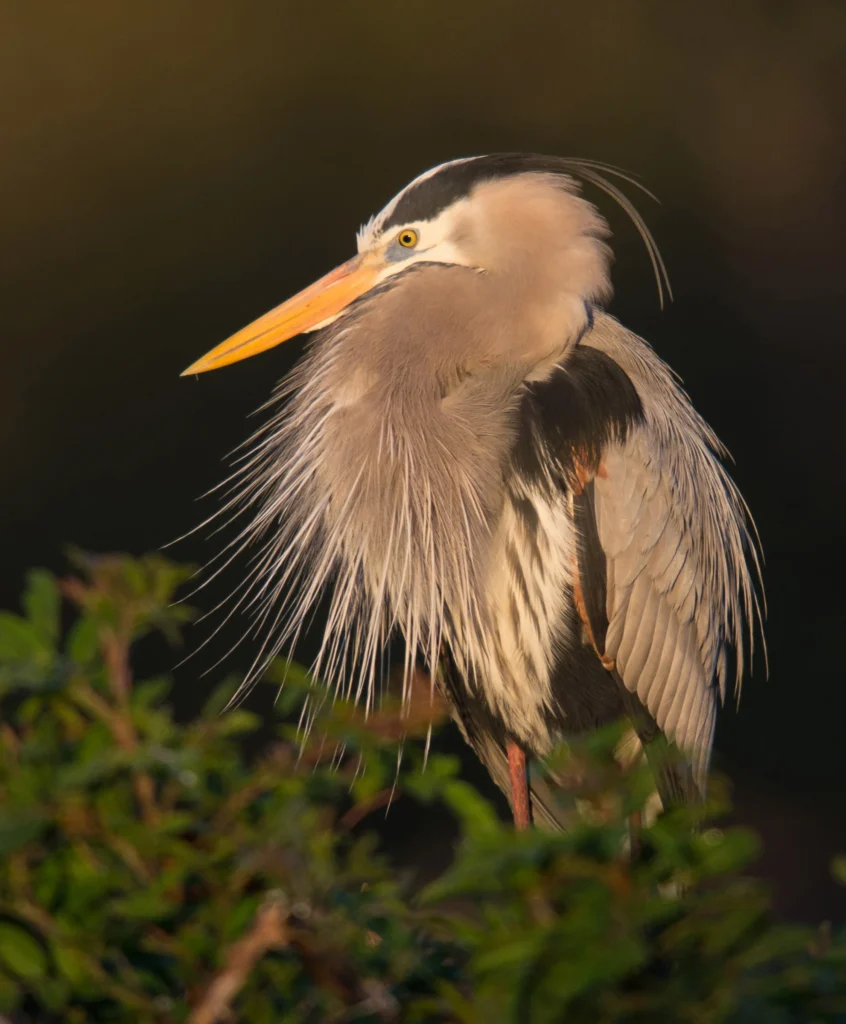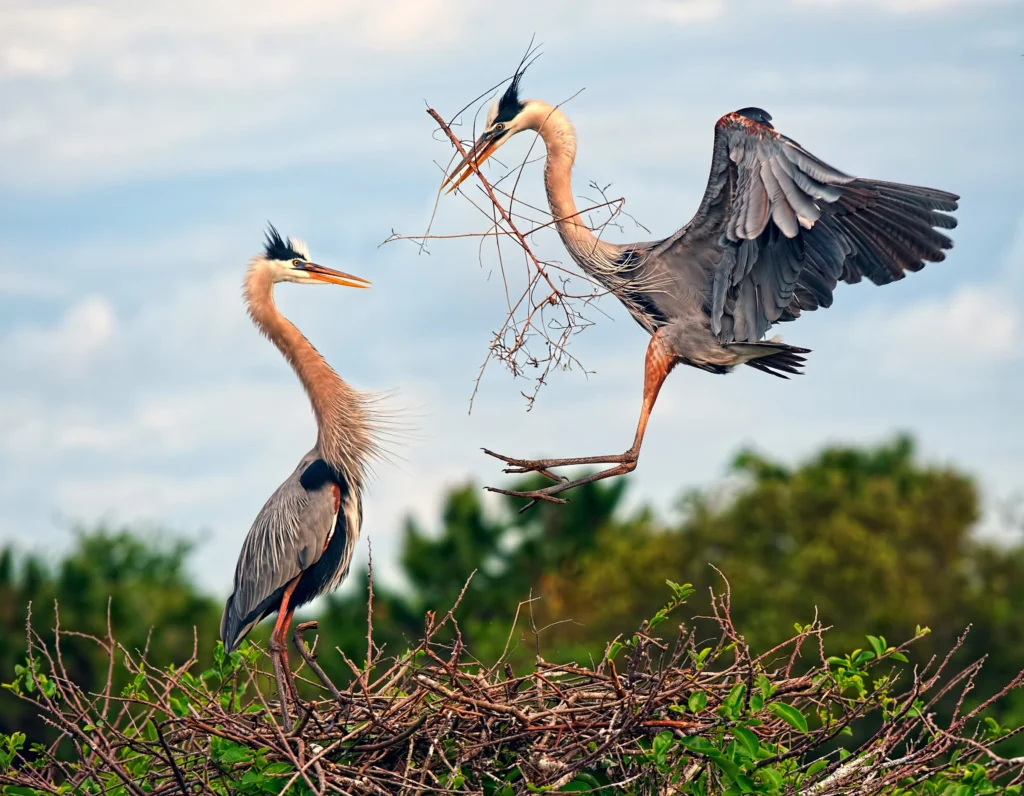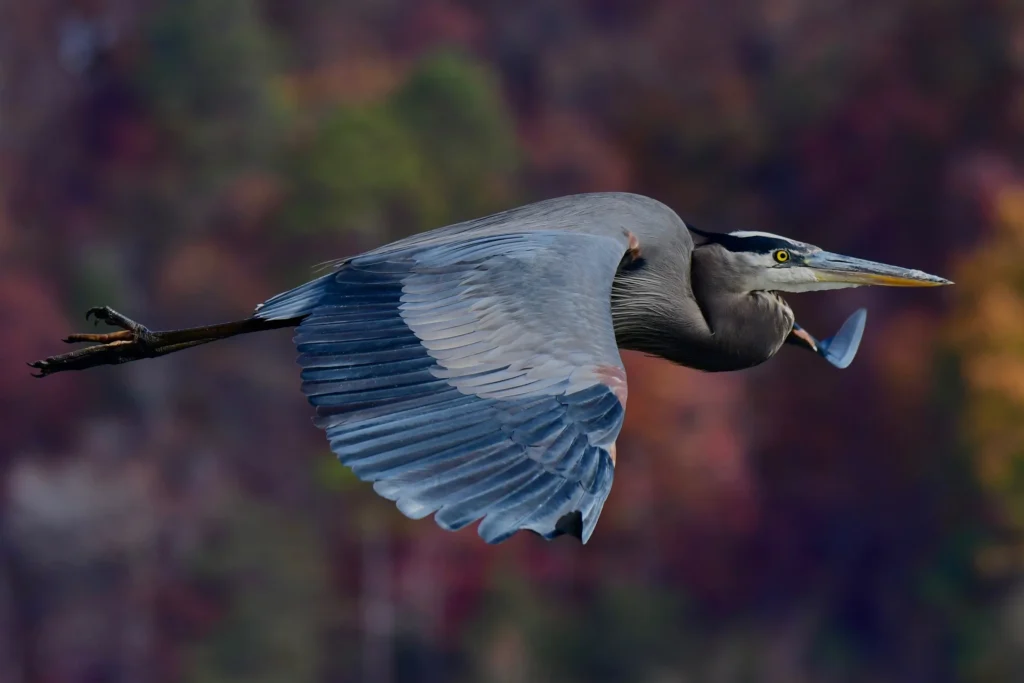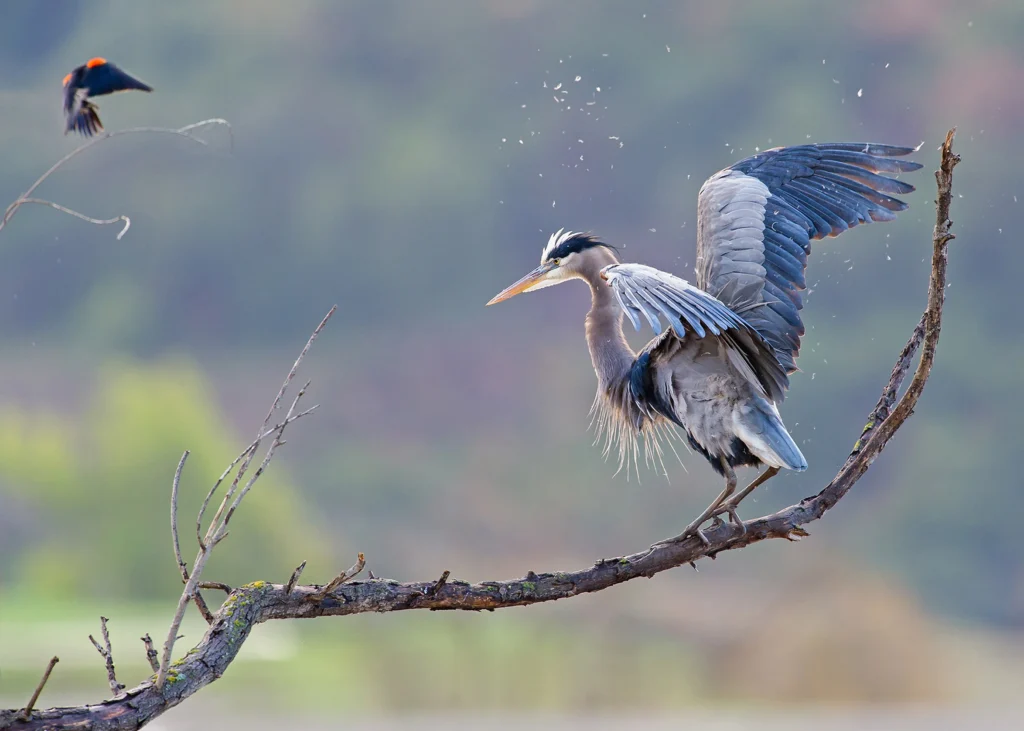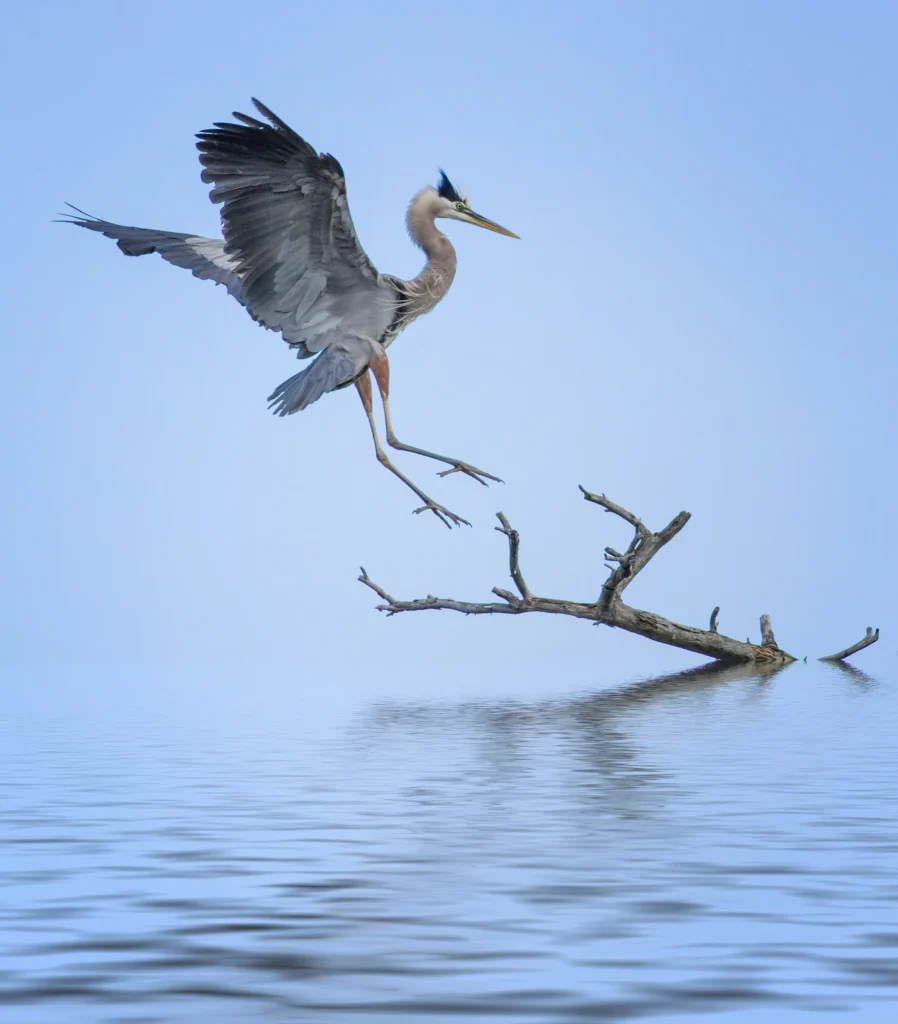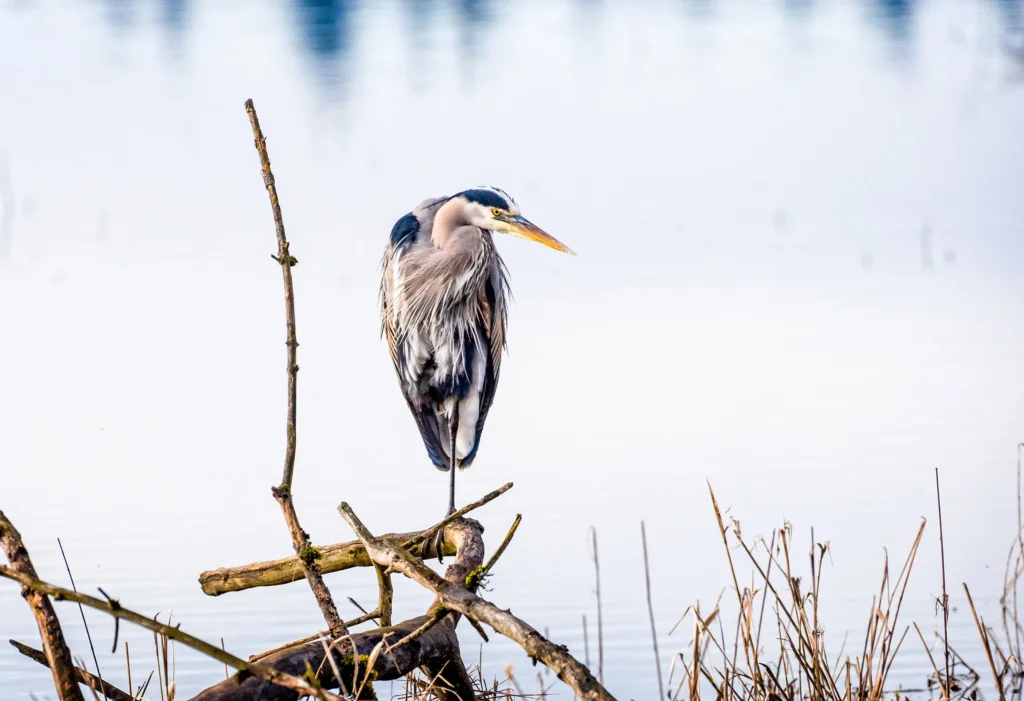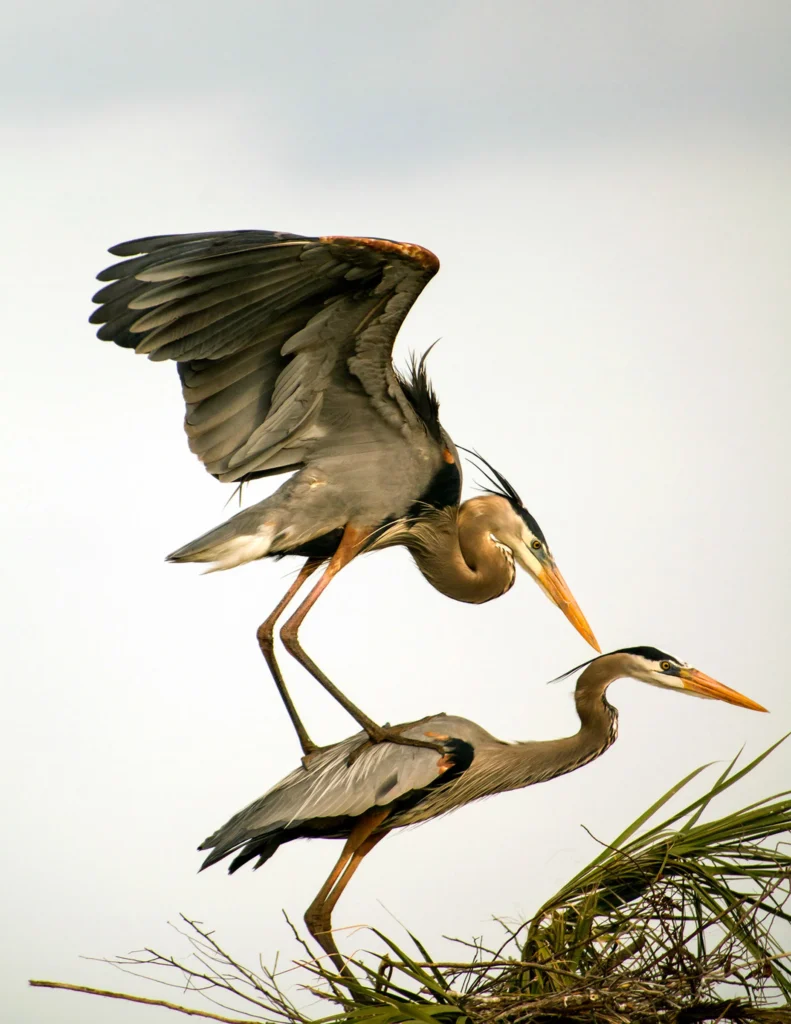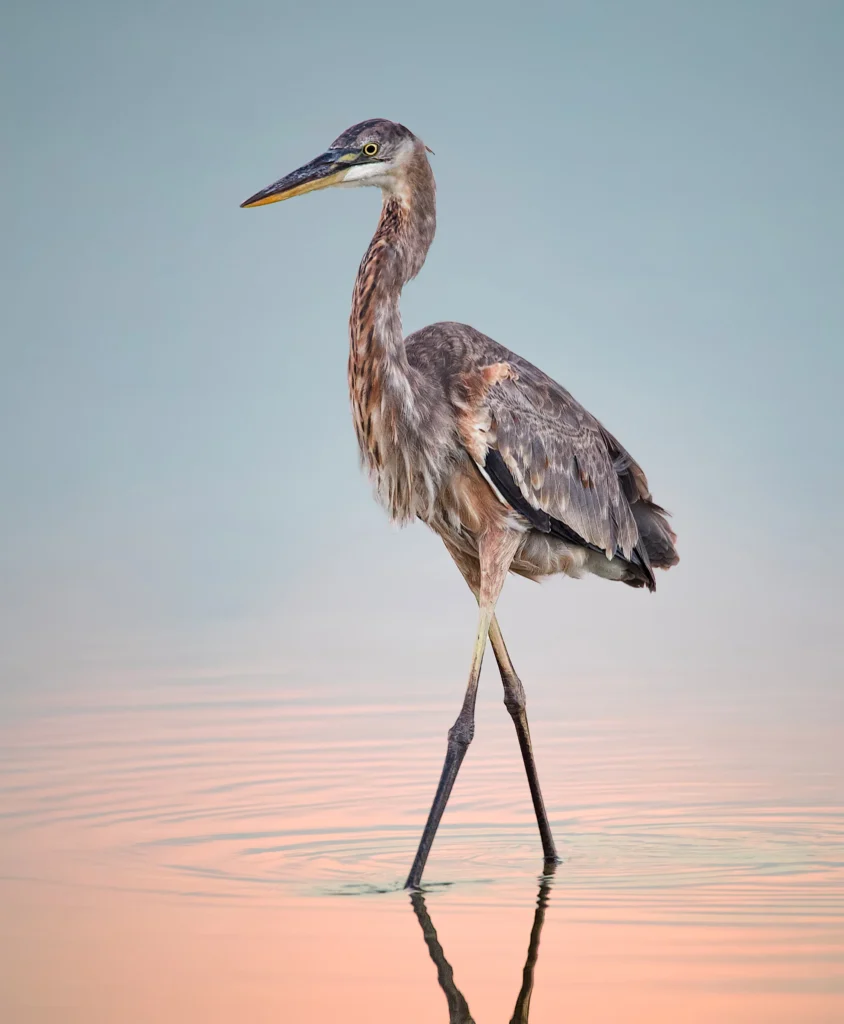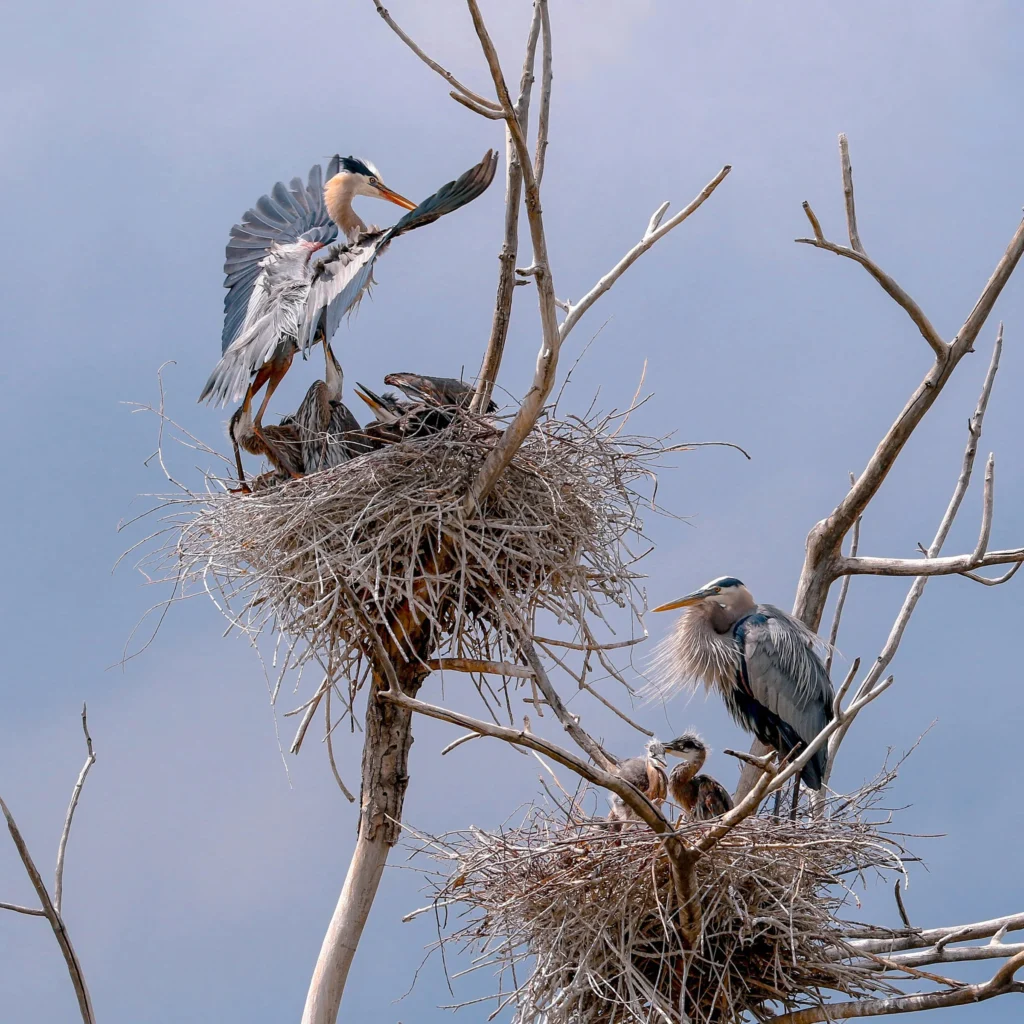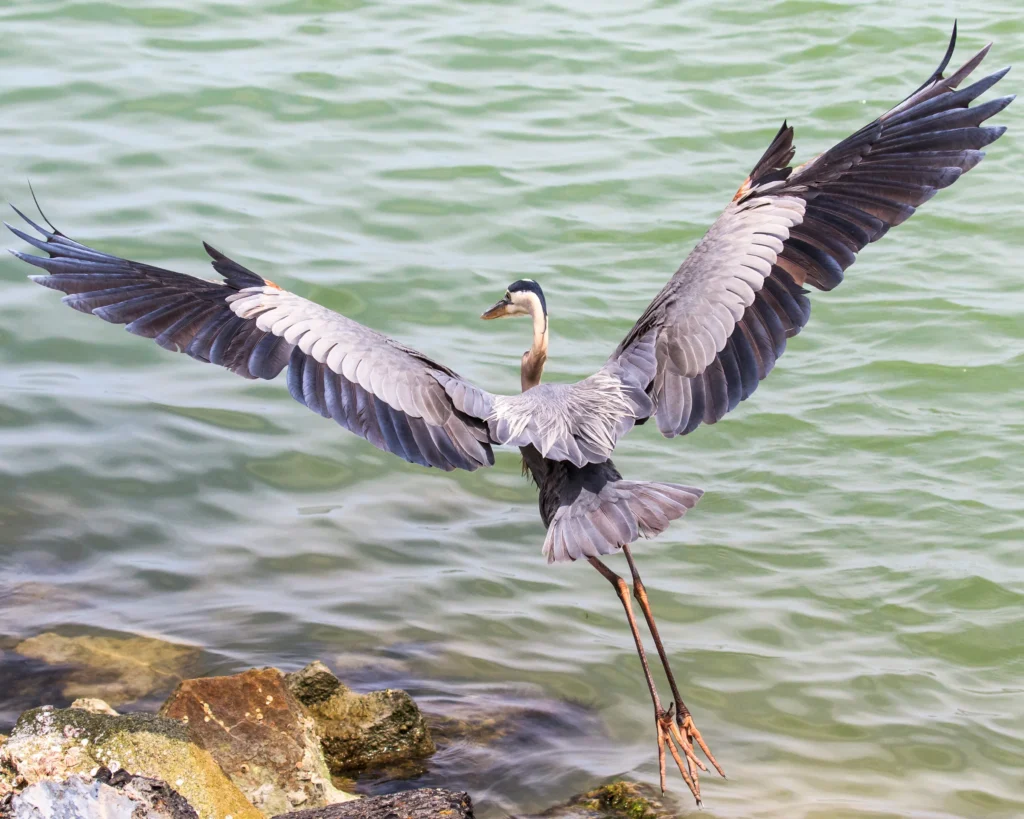މާކަނާ
Ardea herodias
Latin: Maakanaa
Scientific name: Ardea herodias
About
Widespread and familiar (though often called ’crane‘), the largest heron in North America. Often seen standing silently along inland rivers or lakeshores, or flying high overhead, with slow wingbeats, its head hunched back onto its shoulders. Highly adaptable, it thrives around all kinds of waters from subtropical mangrove swamps to desert rivers to the coastline of southern Alaska. With its variable diet it is able to spend the winter farther north than most herons, even in areas where most waters freeze. A form in southern Florida (called ’Great White Heron‘) is slightly larger and entirely white.
Conservation status
Formerly often shot, simply because it made a conspicuous and easy target, but this rarely occurs today. Colonies may be disrupted by human disturbance, especially early in season. Still common and widespread, numbers probably stable.
Habitat
Marshes, swamps, shores, tideflats. Very adaptable. Forages in any kind of calm fresh waters or slow-moving rivers, also in shallow coastal bays. Nests in trees or shrubs near water, sometimes on ground in areas free of predators. ”Great White“ form is mostly in salt water habitats.


